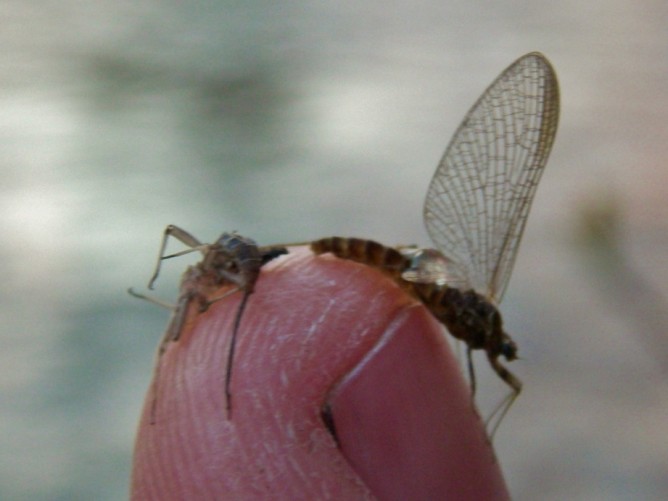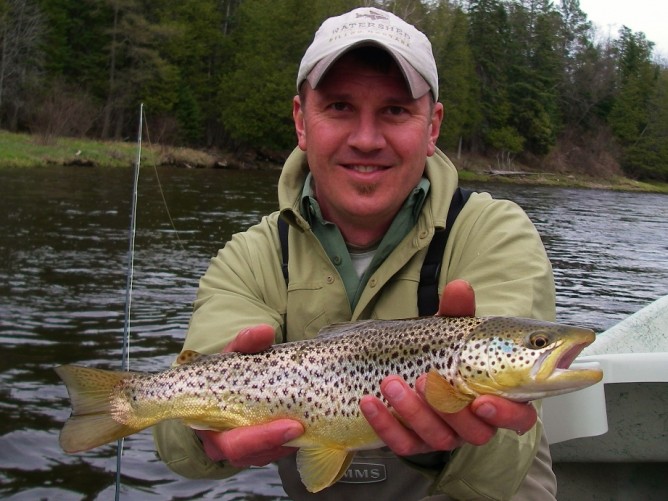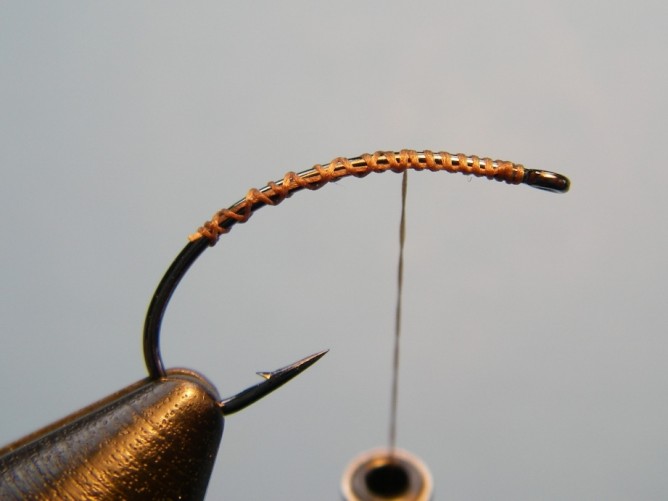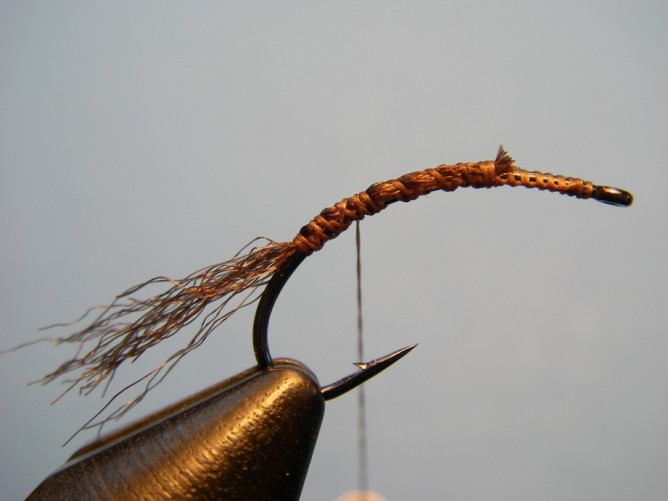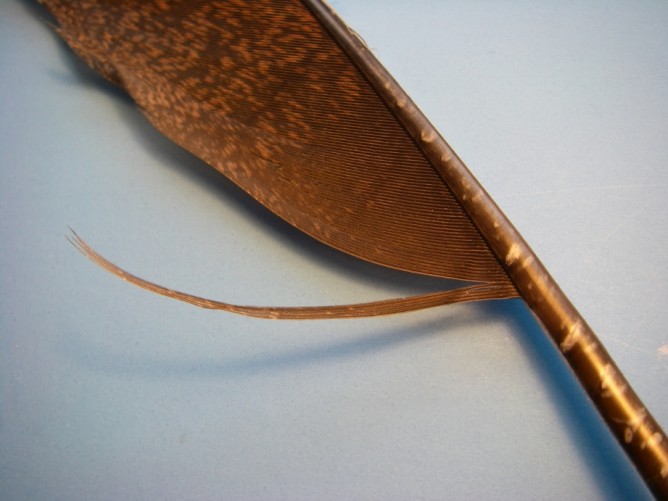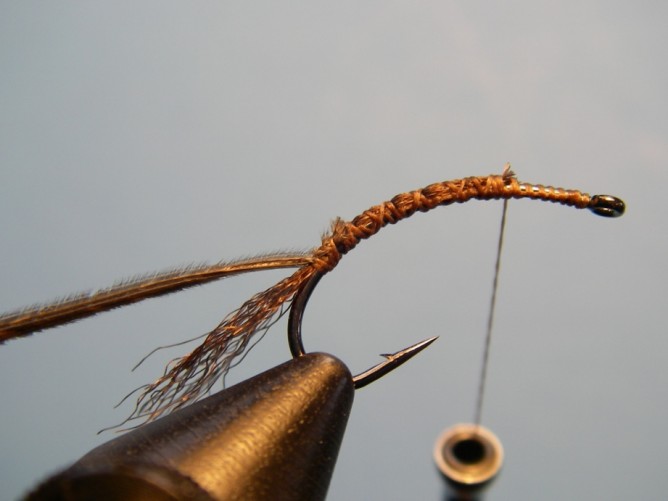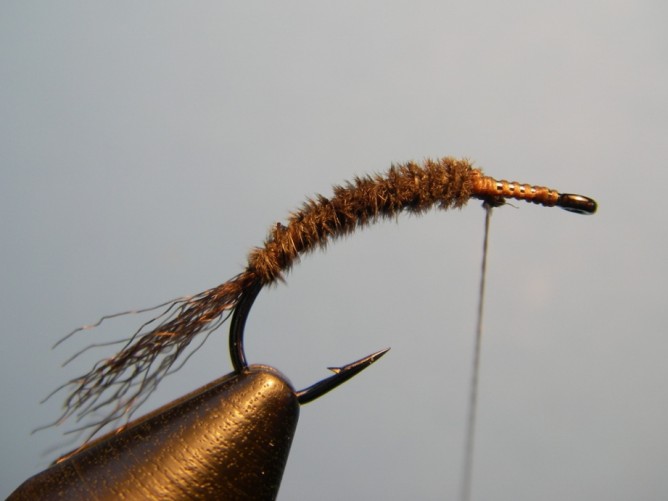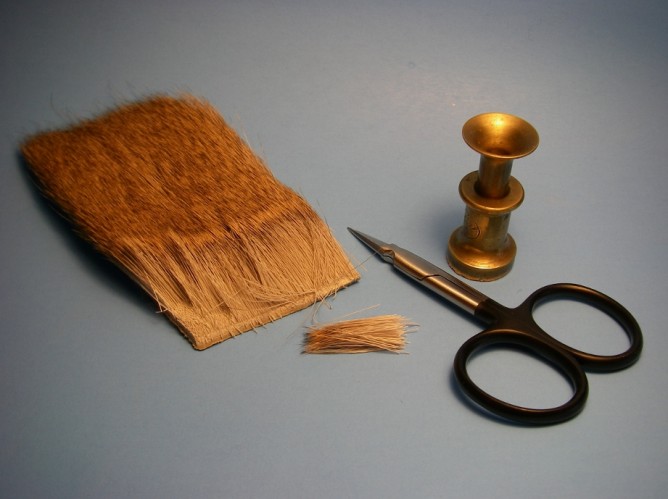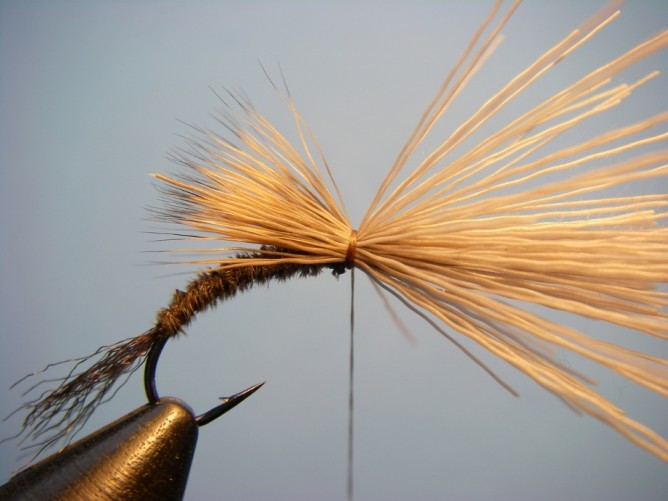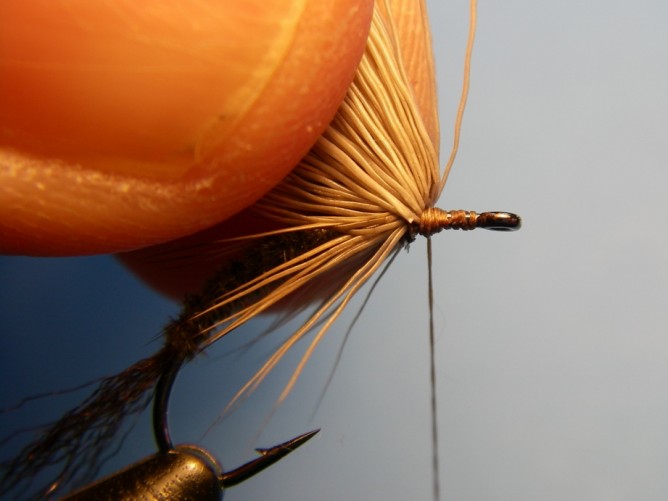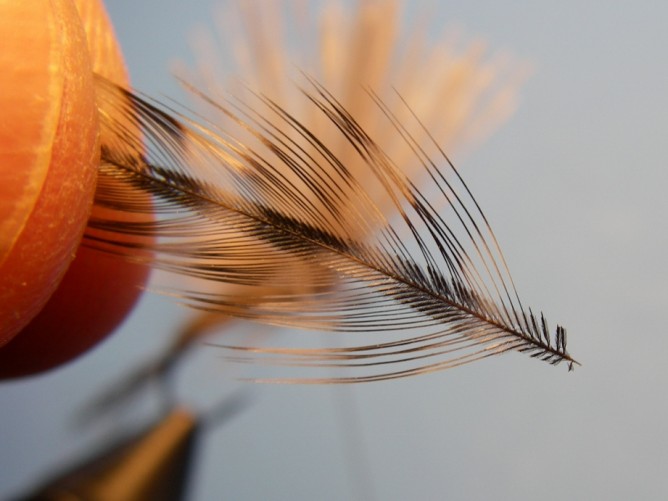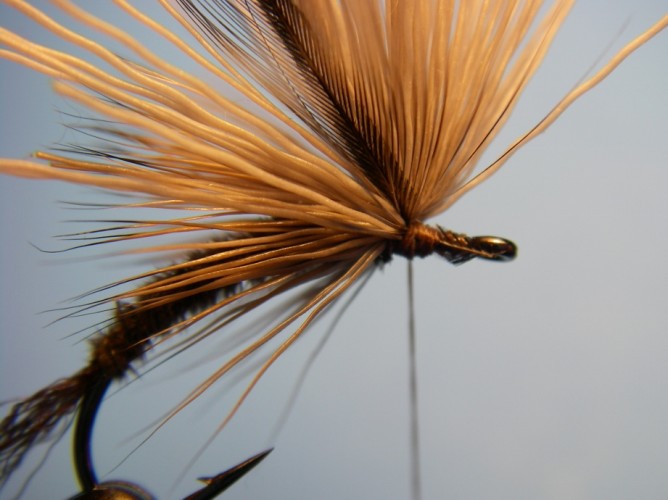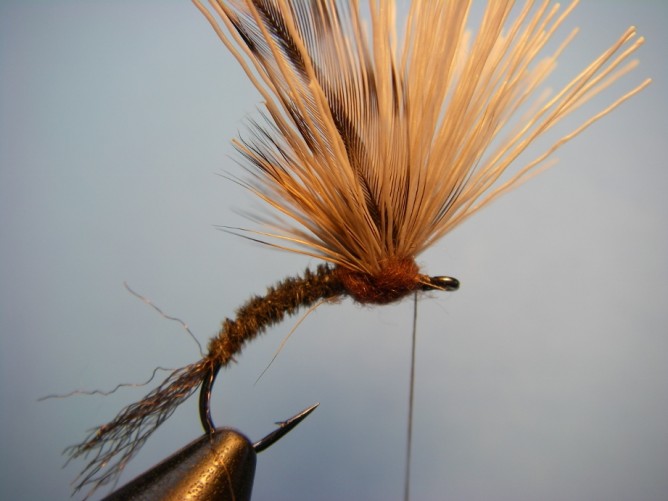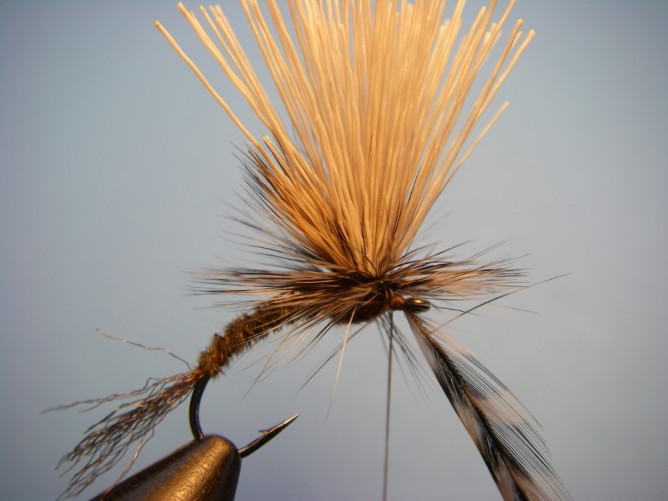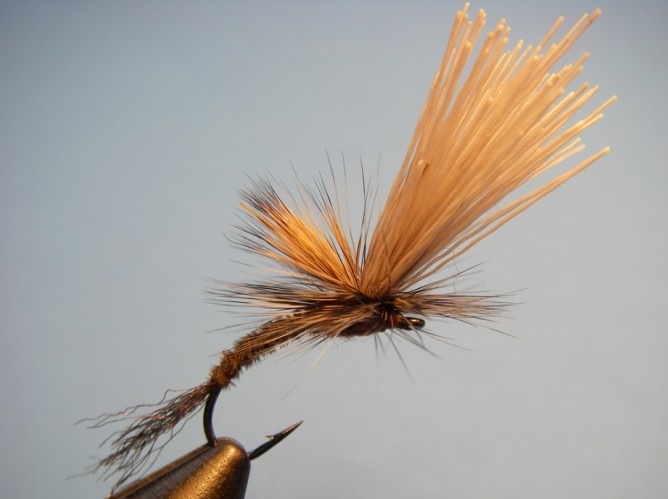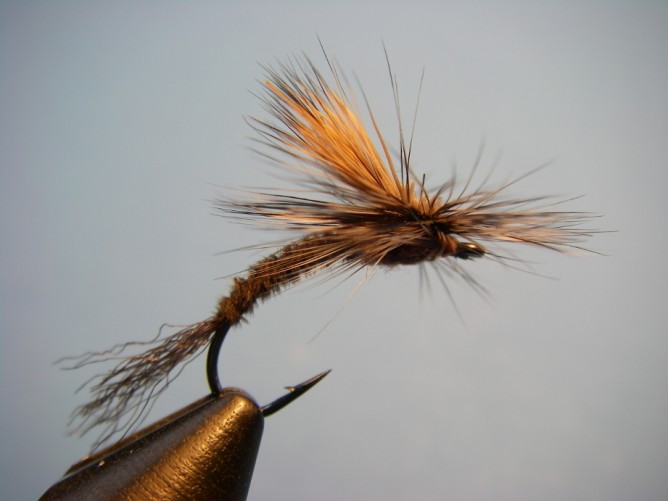With June here, anglers will find that the rivers are running full after some much needed rain throughout the week. The weather has been up and down, but the forecast is calling for stable and, well, fish like stable.
On the upper Manistee there has been a smattering of bugs coming off – light Hendricksons, Sulphurs, Mahogany Drakes, March Browns and Medium Brown /Golden Stoneflies. With the increase in water flow the trout are focusing more on what’s below the surface eating worms, lamprey and their own making streamer fishing more effective than surface fishing right now. As the bugs build, the water level drops and clears, look for some of the year’s best dry fishing in the evenings. And don’t forget about the big bugs just around the corner – Isonychias and Brown Drakes – you should have some in your box just in case they show up while you are on the water. Learn more about early June Hatches here. The other bug that has emerged recently is the mosquito – make sure you have some repellent with you.
The bluegill fishing remains popular and a lot of fun for those looking to fish closer to home. With fish in shallow water on local lakes and ponds, the surface activity can be close to non-stop. It’s not always a slam-dunk so cover water and switch flies until you find fish that want to eat what you are presenting. With a lot of pollen and seeds on the surface when the wind isn’t blowing your best bet is going sub-surface so your fly isn’t gummed-up and the fish can actually see it. Have some mid-sized poppers with you if the small fish are beating the larger ones to the fly.
Carp fishing is just on the edge of kicking in. Some fish have slipped into the shallow water flats of Grand Traverse Bay but the consistent fishing is just around the corner. The carp are probably the best example of fish that like stable – not only the weather but water temps, so wind direction is imperative when deciding when and where to fish. A few smallmouth bass are cruising the flats too while in the pre-spawn stage so keep an eye and fly out for them when fishing.
Good luck.
Ted
Trout Season – June is the month of the big bug dry fly fishing on the Upper Manistee & AuSable Rivers.
Summer Fishing – Terrestrial and Trico fishing in July and August on the Manistee, Bluegill and Bass on Lakes.
Fall Steelhead – Late September through November is the time for sassy steelhead on the Lower Manistee.


